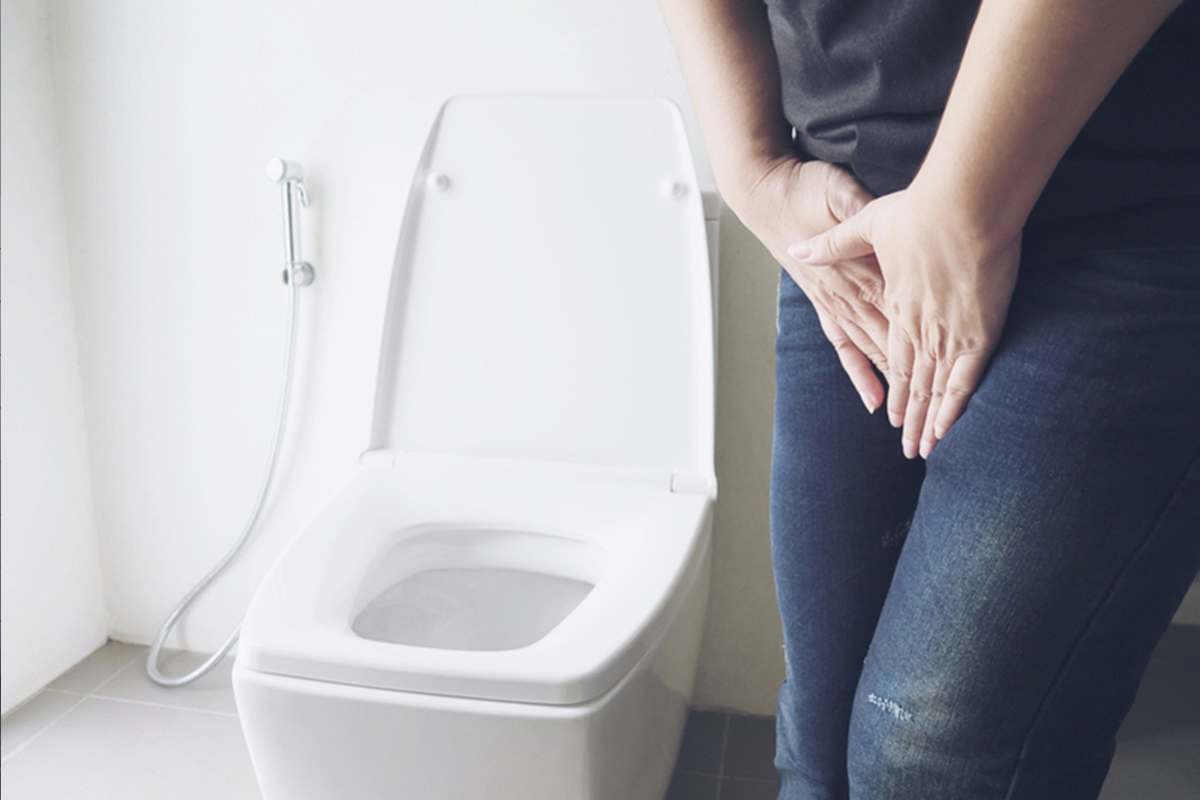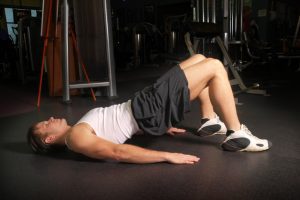OAB is a condition where the muscles around the pelvic area loosen. The incidence of OAB increases as age advances.

Frequent urgency to pee could be a sign of Over Active Bladder. (Creative Commons)
Life came to a halt for 32-year-old software engineer Samanvi Naragund (name changed) when she had to quit her job as her frequent visits to the toilet and the need to pass urine in the midst of important meetings disrupted her work.
Her professional, personal, and social life took a beating as she was unable to control her bladder and had sudden urine leaking, causing severe embarrassment.
After trying several home remedies, she visited a urologist and received a diagnosis: Over Active Bladder (OAB), a condition believed to occur mostly in the elderly.
Dr Shivalingaiah M, a professor of urology and former director of the Institute of Nephro Urology, explained to South First that OAB is a condition where one feels the urge to urinate at frequent intervals.
“The urgency to ‘go’ is more than in others, and there is another condition, which is called incontinence, where they leak urine,” Dr Shivalingaiah said.
“The OAB condition, though not life-threatening, can be very stressful for patients. It can affect their professional and personal life, as it decreases their quality of life,” he explained.
“I have had patients telling me that they are so stressed that they are constantly only looking for toilets wherever they go and feel embarrassed in situations of urine leaks,” the doctor added.
He also said, “There is a typical belief that it occurs only in older people. But that’s not true. It can start at a very young age.”
Another urologist from Bengaluru, Dr Sriharsha Ajjur, who is associated with the Bangalore Advanced Urology Clinic, told South First: “I have seen patients as young as 19 years of age suffering from OAB. The problem of OAB is more in younger women than in older women, contrary to the belief that it occurs in old age.”
He added that OAB is basically a condition where muscles around the pelvic area loosen, and the incidence of this increases as people grow older.
“Even women who have had two-three normal deliveries have complained of suffering from OAB,” said Dr Ajjur.
Dr Hema Diwakar, Bengaluru-based gynaecologist and former president of FOGSI, told South First, “The incidence of OAB in young women is high, and there is a stigma attached to it, as well as fear in informing family members. This should not happen. It is not an old person’s disease, and not something that is not treatable. The stigma needs to shrink and people should visit their doctors to know why this condition exists in them. It could be due to some underlying disease. It needs to be checked.”
She added that some young patients face problems in physical relations with their partners, which leads to more anxiety and stress, further complicating the issue.
According to doctors, this condition is found more in young women than in young men. The incidence of OAB increases in men over 45 years of age.
According to urologists, OAB occurs in younger men due to uncontrolled diabetes, constipation issues, obesity, dietary problems, or infections.
The majority of the patients get it due to weak muscles near the bladder due to prostate enlargement, mobility issues, ageing, taking certain medications, and neurological conditions like Parkinson’s disease and multiple sclerosis.
The doctors said that OAB can occur in young females even without any specific reason.
Several women have had OAB due to stress, sleep disturbance, anxiety, and overconsumption of stimulants like coffee or tea.
“Some people are highly anxious. We call them Type-1 personalities. They are so anxious that their sleep gets disturbed and they worry over the smallest reasons. In such cases, the incidence of OAB is more,” said Dr Ajjur.
“There are a few chronic cases that are even difficult to treat. Fear and anxiety over this issue can distress such patients and lead to worsening of OAB,” he added.
Other conditions that can lead to OAB include diseases like diabetes mellitus, urinary tract infections, pressure on the bladder due to ovarian cysts or uterus issues, and ulcers.
The doctors also said that this could also be due to weak pelvic muscle, decreased estrogen levels after menopause or those who have higher body mass index, stress incontinence, and also due to damage to the nerves.
“Youngsters who are overweight can also have OAB. Being overweight can increase pressure on one’s bladder and surrounding muscles, leading to their weakening. This can allow urine to escape, especially when someone coughs, sneezes, or laughs.”
Urologists and gynaecologists have said that this condition can cause stigma, especially among women and teens who hesitate to share this condition with anyone as they feel this is a major problem and is not treatable.
“Many think that it is not curable. Sometimes, simple methods like changing one’s lifestyle, removing stressors from daily lives, and suggested exercises for the pelvic region cure OAB,” said Ajjur.
“OAB is a temporary condition and, in most cases, can be treated with some minor lifestyle changes. However, diagnosis is the key,” he added. “it is important to know what triggered the condition.”
Ajjur explained: “Doctors try to find out if OAB is due to stress or any other underlying diseases like TB, diabetes, or nerve damage. Once the cause is identified, treatment becomes easy. A majority of patients are advised home remedies”

Pelvic exercises and floor exercises help in treating OAB. (Representative Image / Creative Commons)
He added: “We recommend that they drink lots of water, regularise their bowel movement, reduce stress, and cut down on stimulants like coffee, smoking, and tea.”
Ajjur also said that the other treatment options include low-dose tablets prescribed for bladder contraction, and even a Botox injection administered in certain cases.
Shivalingaih also suggested that patients drink lots of water, and not avoid it for fear of the urge to pee.
“Not drinking water makes urine more concentrated and leads to leaking of the bladder, which causes irritations,” he explained.

May 06, 2024

May 06, 2024

May 06, 2024

May 04, 2024

May 04, 2024

May 03, 2024